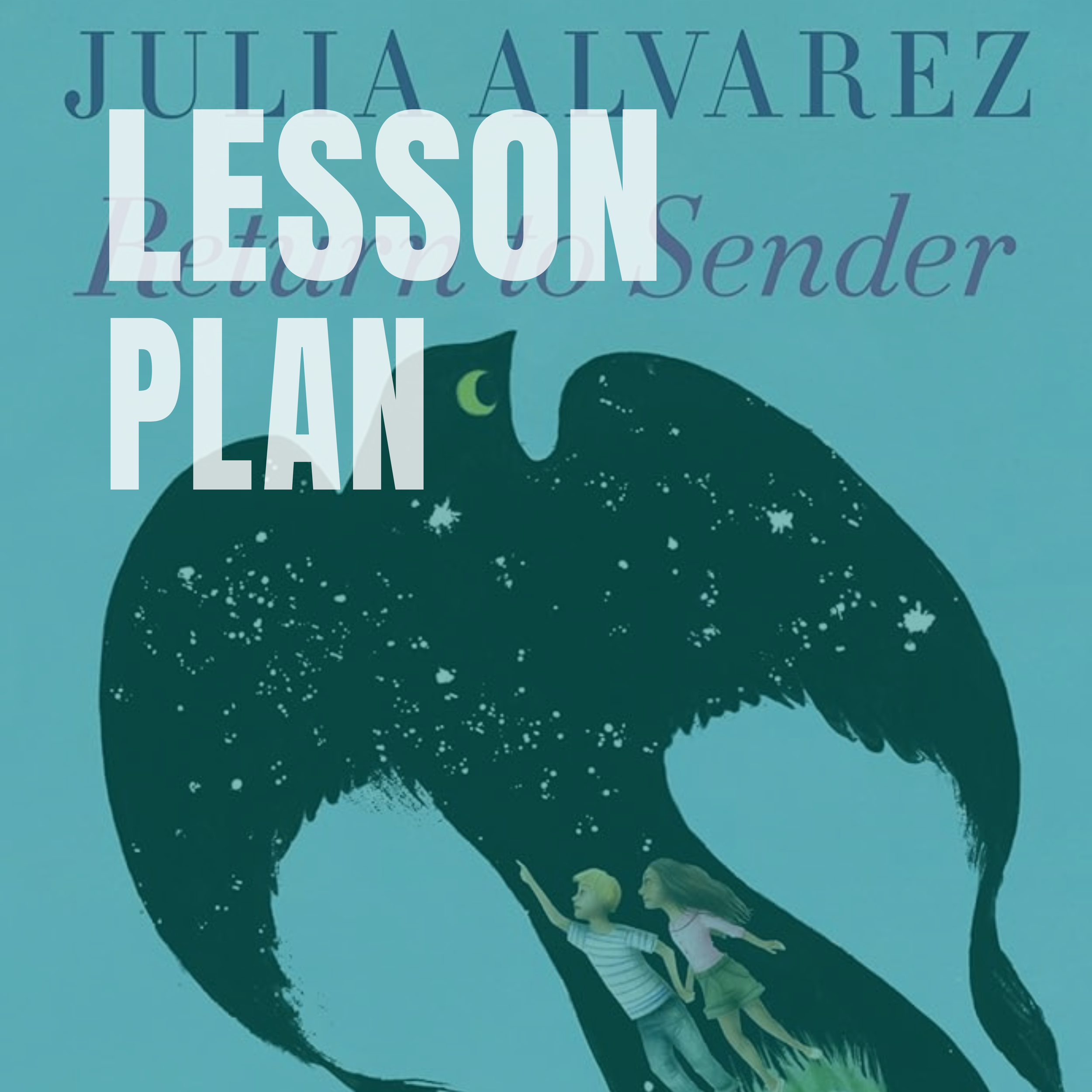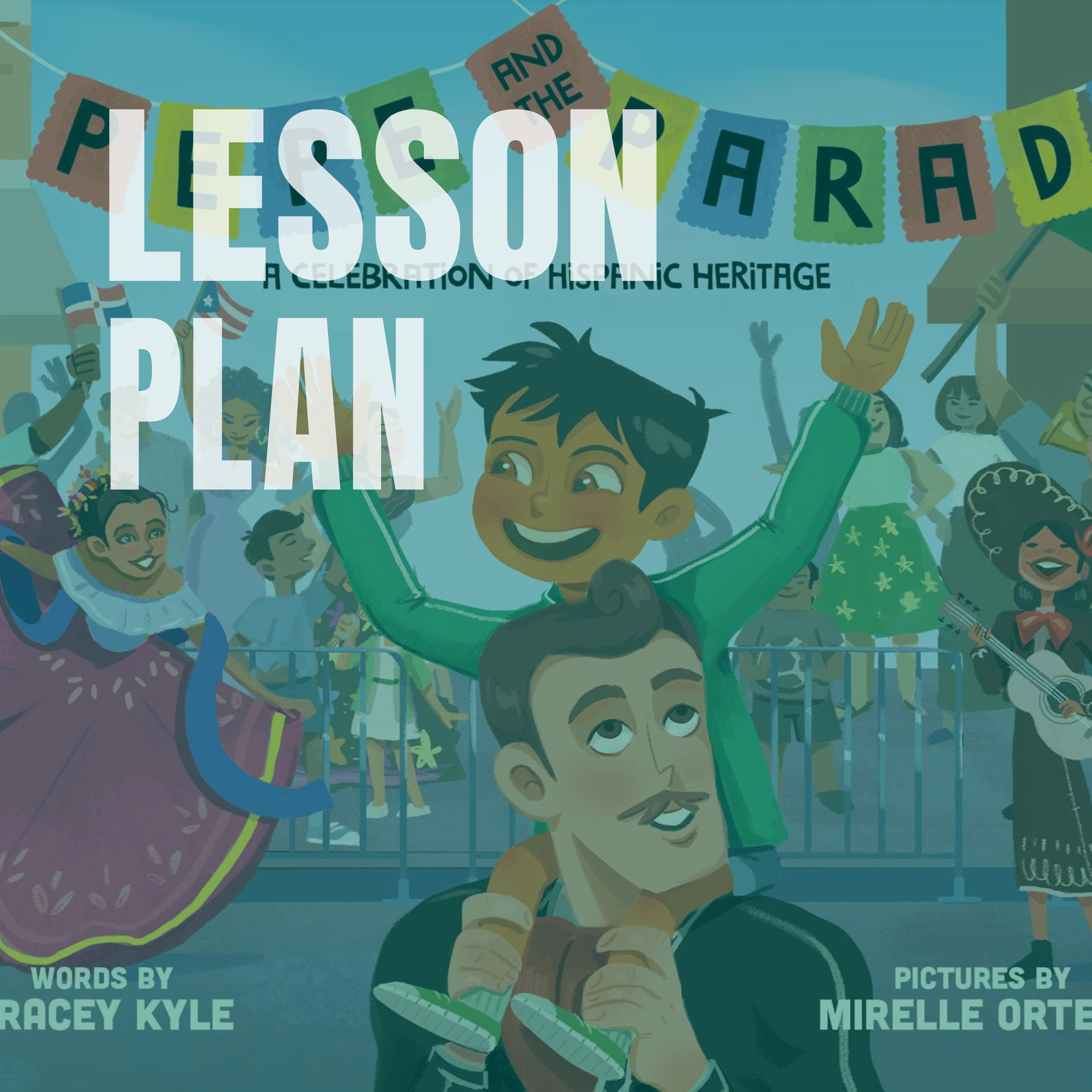
Lesson Plans for Every Classroom
What are you looking for today?

Fry Bread and Family Heritage
In this lesson, students will explore the richness and diversity of Indigenous peoples through the award-winning picture book Fry Bread: A Native American Family Story by Kevin Noble Maillard. Through a read-aloud, guided discussion, and hands-on cultural exploration activity, students will learn how food can tell stories, preserve traditions, and connect generations.

Mascots, Meaning, and Misrepresentation
In this lesson, students will explore identity, cultural respect, and representation by reading excerpts from Mascot, a novel-in-verse by Charles Waters and Traci Sorell. This story follows a group of middle school students as they confront the controversy over their school’s Native-themed mascot. Students will engage in a discussion about symbols, allyship, and how to advocate for respectful representation of Native/Indigenous communities.

Buried Stories
This lesson introduces students to the history of Native American boarding schools in the United States to build essential background knowledge before reading Two Roads by Joseph Bruchac. Students will examine the government's motives for assimilation policies, how Indigenous children were taken or sent to these schools, and the long-term effects on Indigenous communities and identity.

Voices of Heritage: Exploring Identity Through Poetry and Prose
This lesson uses the book Yes! We Are Latinos, a powerful collection of poems and prose, to explore the richness and diversity of the Latino experience in the United States. Students will examine stories of identity, heritage, struggle, and pride as shared by fictionalized Latino characters representing various cultural backgrounds. As part of Hispanic Heritage Month, this lesson helps students develop a deeper understanding of how culture shapes identity and encourages them to reflect on their own voices and experiences. Students will create personal identity poems or artistic responses inspired by the voices in the text.

Borders, Belonging, and Brave Voices
In this lesson, students will either read some excerpts from Return to Sender by Julia Alvarez or the entire book, to examine the complexities of immigration, family separation, cultural identity, and friendship. Students will participate in thoughtful discussion, reflect on personal values and cultural backgrounds, and write a creative letter from the perspective of one of the characters.

Parading with Pepe: A Peek into Hispanic Pride
This lesson uses the picture book Pepe and the Parade to help young learners explore Hispanic Heritage Month. Through read-aloud, discussion, and creative expression, students will discover traditions, reflect on identity, and celebrate culture.

Colorism in the Entertainment Industry and Beyond
Colorism is a system of bias that privileges people with lighter skin and marginalizes people with darker skin. Colorism, closely related to racism, affects people in all walks of life including the entertainment industry, media, education, workplaces, the criminal justice system and other industries and institutions. This lesson provides an opportunity for students to understand what colorism is, explore its impact on individuals and society and suggest ways–by writing a persuasive letter or essay–to address and challenge colorism.
